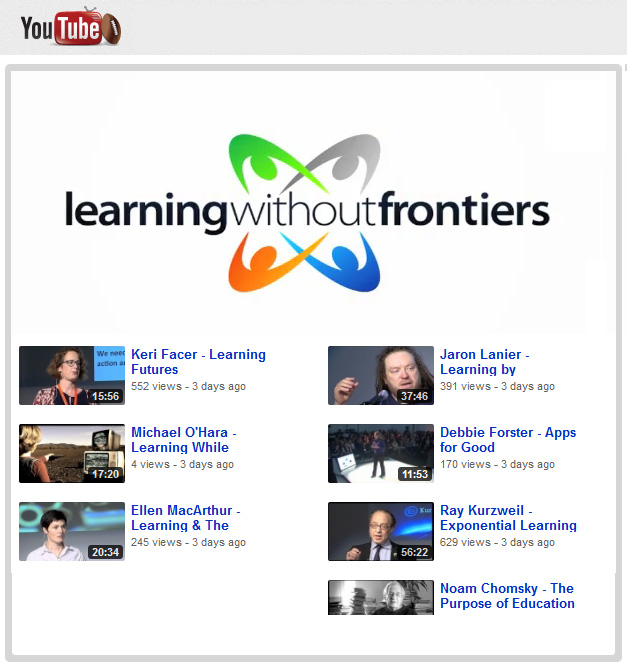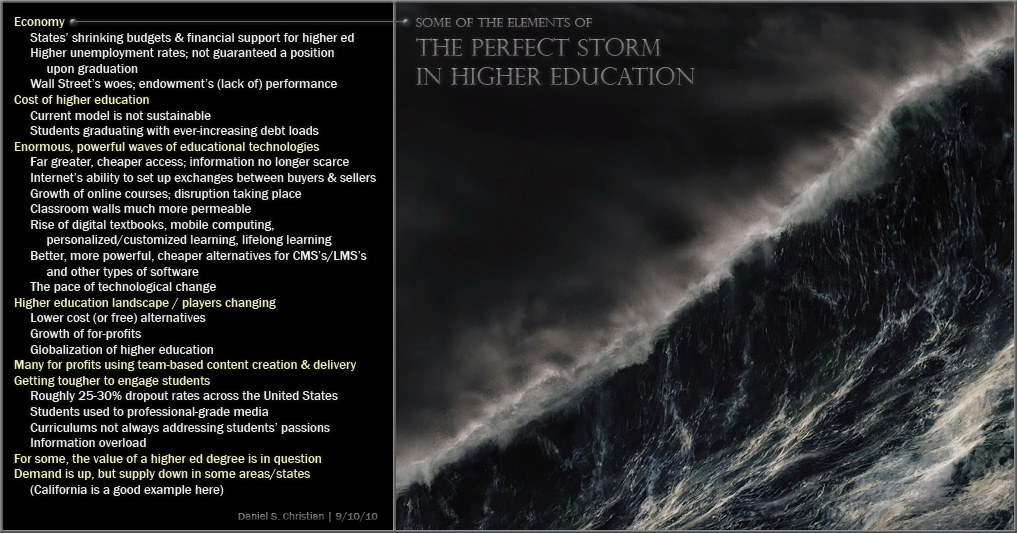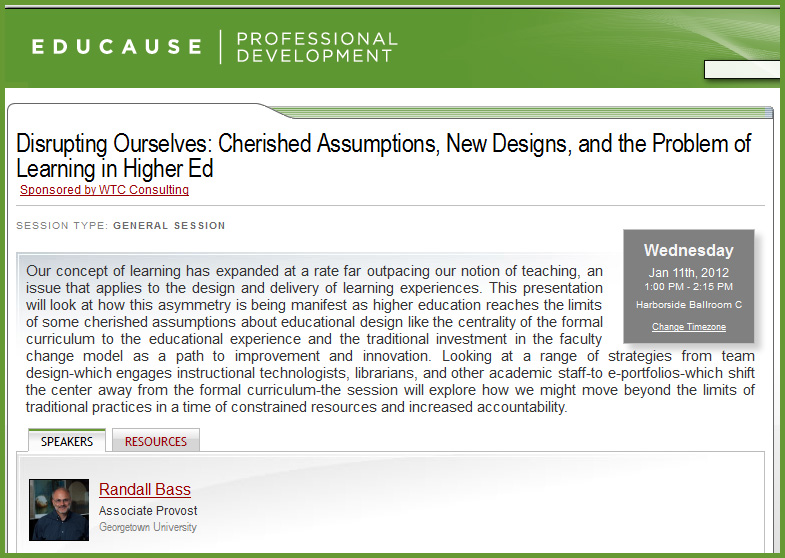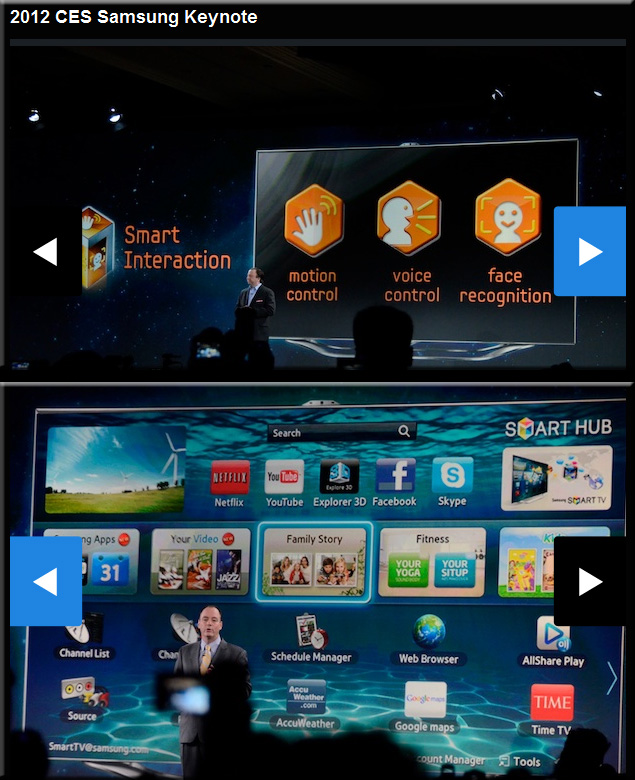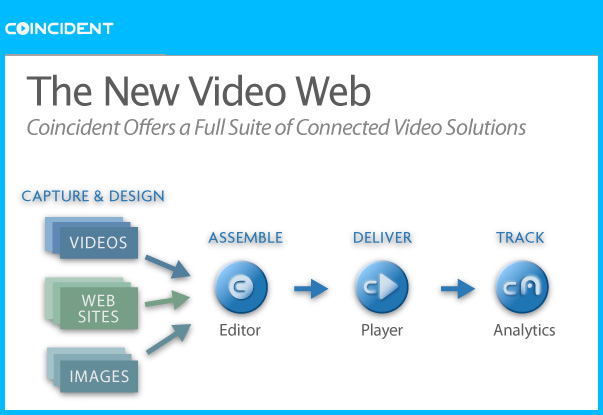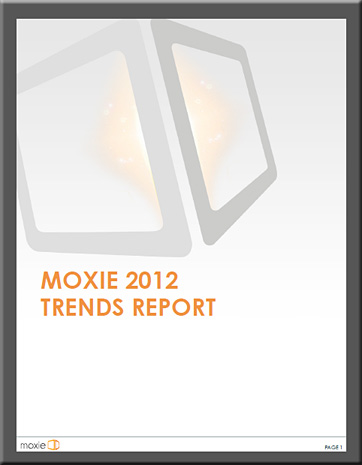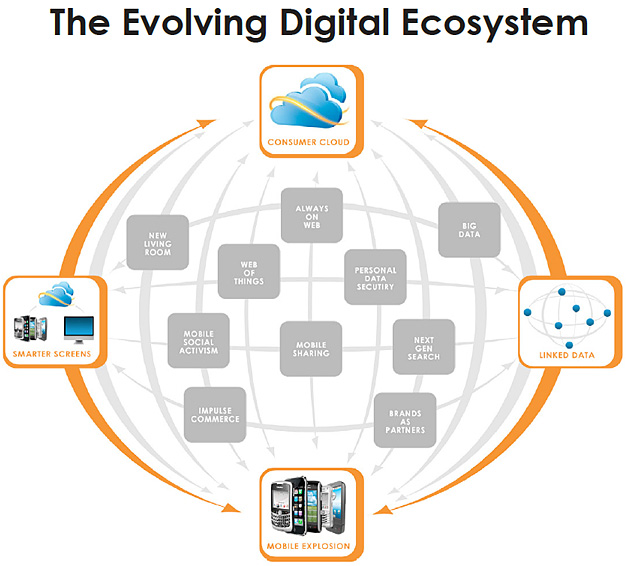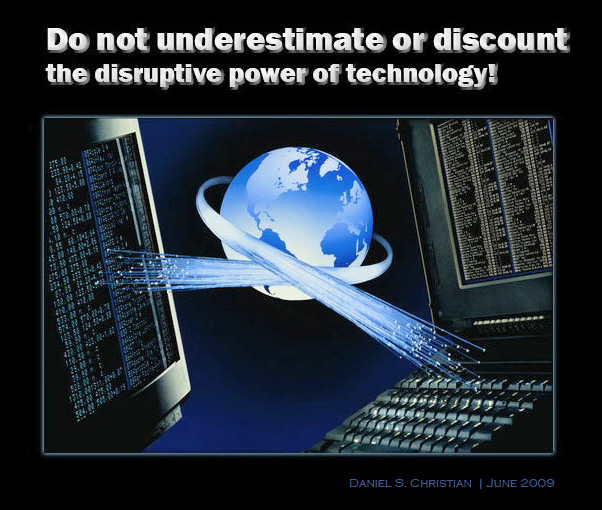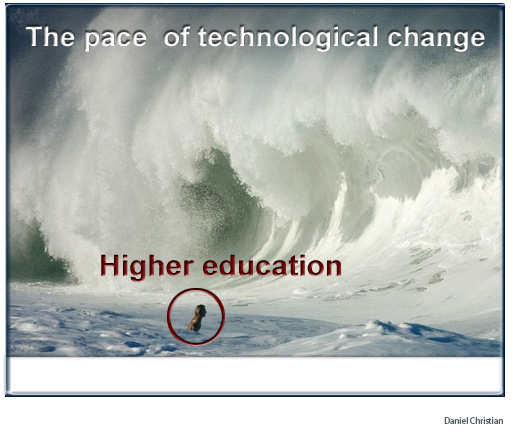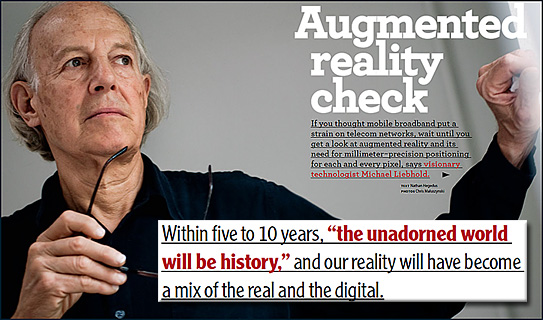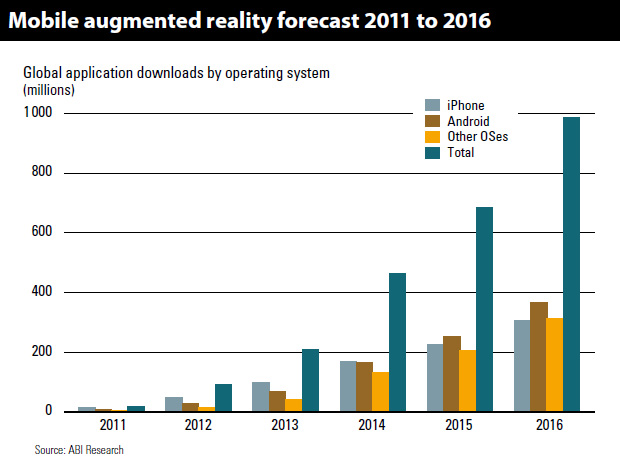Learning Without Frontiers (LWF) hosted its annual conference at London’s Olympia on January 25th-26th creating a unique environment to present a compelling exploration into our learning futures.
Educational content and learning experiences wirelessly delivered to home TV console — from marketwatch.com
Excerpt:
DALLAS, Dec. 6, 2011 /PRNewswire via COMTEX/ — Don’t touch that dial. A new variety of interactive educational content for the youngsters in the household is headed to a TV near you.
AT&T* today announced an agreement with TVTextbook to provide mobile broadband connectivity to TVTextbook’s eLearning connected device portfolio. TVTextbook (TVT) delivers high-quality K-12 curriculum that is distributed through a learning console connected to the television. Only TVTextbook leverages basic television-a product found in virtually every U.S. household-to help school districts deliver a digital education to 100% of their students. AT&T’s connectivity will bring a seamless, wireless connection between school and home.
From DSC:
Do I think this will be excellent in 2012? No. Do I think it’s innovative? Yes. Do I think it will be potentially helpful to many? Yes…and so will many apps that are coming to our living rooms in the next 1-3 years.
Also see:
iPad-crazed toddlers spur holiday sales — from bloomberg.com by Adam Satariano and Katie Linsell
From DSC:
- From any administrator’s and instructional technologist’s standpoint, this relates to students’ expectations — whether that be in elementary, secondary, or postsecondary learning environments. This also relates to the corporate world as students make their way through their educations and then hit the workplace. They will bring their expectations with them. Are we ready to meet them where they are at?
Excerpt:
A REVOLUTION IN PERCEPTION is in the air, a transformation decades in the making. It will require a radical shift in viewpoint, as the way we experience data and information revolves 90 degrees from our traditional bird’s-eye view of maps, paper and screens to a more natural cinematic vision of the real world, one overlaid with digital information virtually attached to specific places.
And while augmented reality may still be in its infancy – with smartphone viewfinders displaying floating objects that are only vaguely connected to real places – don’t let that fool you.
The changes could reach far beyond mobile broadband and potentially be as profound as the development of the World Wide Web, says Michael Liebhold of the Institute for the Future. Liebhold forecasts that within five to 10 years, “the unadorned world will be history,” and our reality will have become a mix of the real and the digital. Telecom companies need to be ready, he says, to meet the demands of networks in which we are connected right before our eyes.
.
As of 11/20/11 (~2:00pm EST)
.
As of 8/24/11:
.
From DSC:
With the increase in globalization — and from what I’ve seen happening in the financial systems (i.e. how what happens in Europe affects the financial systems in the U.S./Asia/other and vice versa) — it seems clear that we are all in this boat together. If that’s true, what does that mean for:
- Businesses and economies around the world?
- The ability of families and individuals to afford the increasing cost of getting a degree?
- Higher educational systems — and business models — around the world?
- How do we resolve such massive problems?
- What does all of this mean for how we should be educating our students?
Addendum on 11/21/11:
- Debt committee: Why $1.2 trillion isn’t enough — from money.cnn.com by Jeanne Sahadi
Excerpts:
That’s because under the most likely scenario, reducing deficits by $1.2 trillion won’t stop the accumulated debt from growing faster than the economy.
…
Thus, to stabilize the debt, Congress would need to pass a debt-reduction plan worth $4 trillion to $6 trillion, budget experts say.









